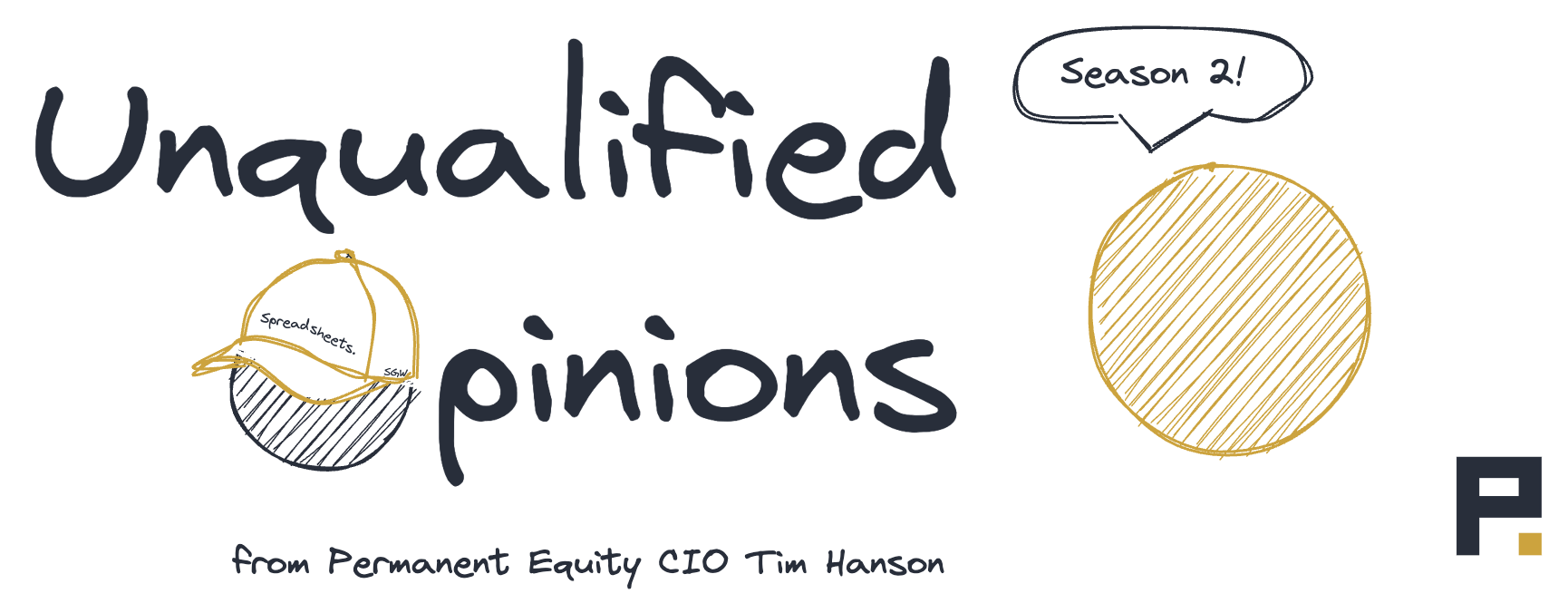Stay Inside the Box
One of the points I made previously in this space is that neither people nor businesses should regularly exceed expectations. The reason is that if one makes a habit of outperforming, it means, just as if you make a habit of underperforming, that you’re lousy at making predictions about your abilities and capacities.
And look, we’re all lousy at making predictions about our abilities and capacities. For example, I hosted a morning discussion at the last Capital Camp where 40 people RSVP’d to attend. At 8am, when the discussion began, 20 people were there. I get that people may have had too much fun the night before or decided to do something in the moment like hit the omelet station across the street, but the fact is that half of the group couldn’t accurately predict what they were going to do 12 hours into the future! And if we can’t do that, what’s the point of planning anything at all?
Yet there is absolutely value in planning and structure, so the question becomes how might one plan while acknowledging that it's difficult to forecast what might happen next?
My answer to that is “The Box.”
The Box is something I ask our team to build with our portfolio companies before the beginning of each year and is also something I work with the team at Permanent Equity to build for ourselves. The Box is different for each business, but broadly speaking is a range of assumptions and outcomes that are all achievable and acceptable relative to our goals, capabilities, capacities, and level of investment.
You can think of it almost like a reverse budget that’s meant to manage expectations. If we have a Box and we’re inside the Box, all good. We can talk about ways we might optimize performance, but it’s likely that no drastic actions need to be taken or hard conversations need to be had.
If, on the other hand, we’re outside of The Box, all bets are off. Our portfolio companies know that they are going to hear from us and that we will need to do something different, regardless of whether it’s on the upside or downside.
On the downside, it’s how do we get back in The Box? We might need to cut costs, for example, or spend more to drive revenue.
On the upside, it’s why was The Box wrong and what opportunities are we clearly missing that we didn’t plan for and could we take further advantage of them? Because the fact is that if you just celebrate outperformance (and you should do that, too), you may be missing the opportunity to generate further outperformance!
A common question I get when I talk about this topic is how big can The Box be? I don’t think it matters because broad ranges can be as useful as narrow ranges provided your range is clearly defined and you are prepared to handle anything that happens inside of it. So do just that, and stay inside the box.
– By Tim Hanson


